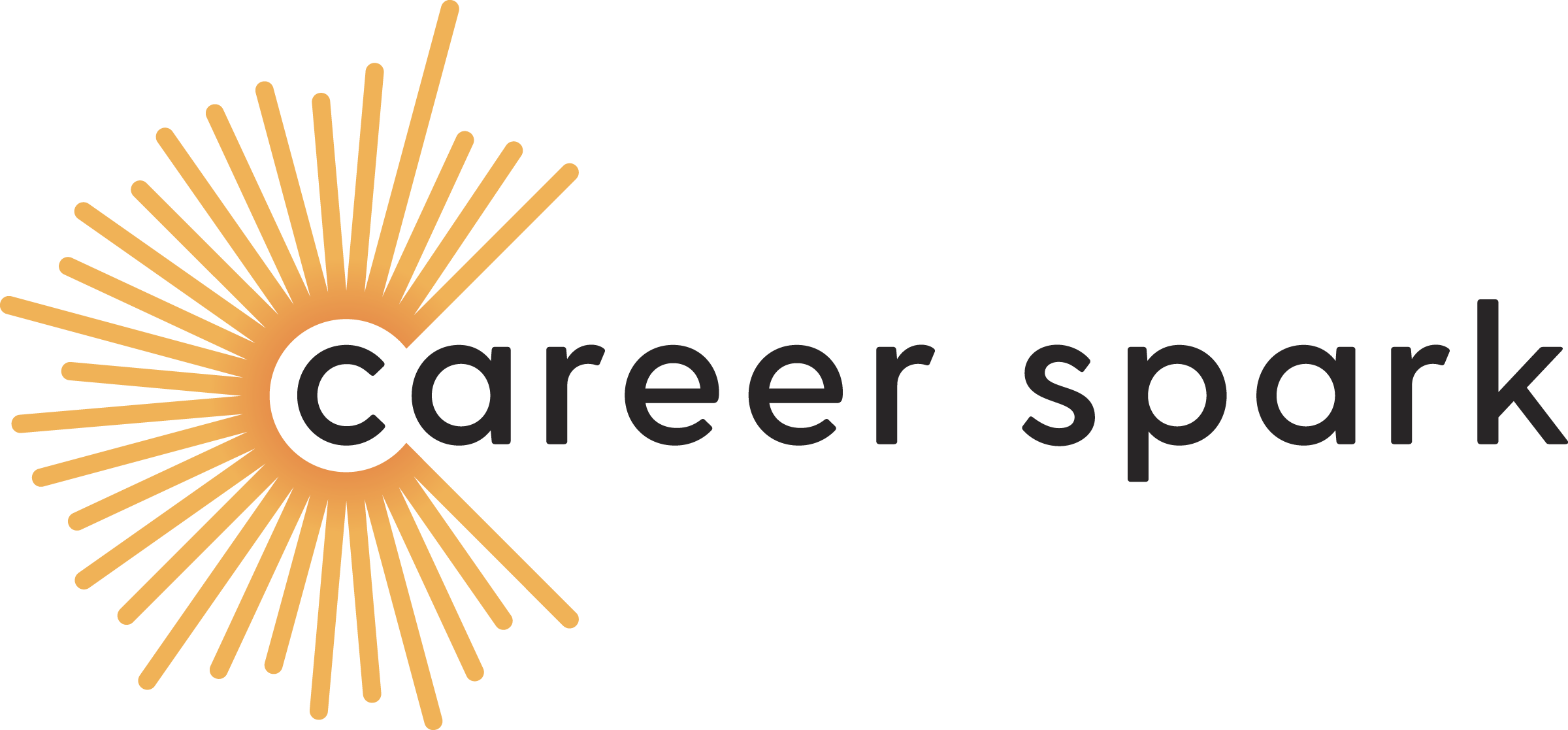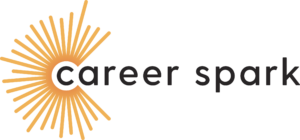Strategies To Developing a Career Path Framework

A career path framework is vital to helping your employees have a clear picture of their upward mobility in your company. Developing one can sometimes prove challenging without some guidance, especially in the beginning stages.
Our friends over at Markitors reached out to us and to 11 other small business experts who have all shared some tips, insights, and experience in making career development paths below:
Telecharger Muscle Building Book Frederic Delavier Pdf – Torrent buy dianabol back and shoulder strength training: 3 or 4 exercises.
A Simple Process + Clear and Accurate Next Steps
Career development planning and building career-path frameworks can sound daunting, boring, and unachievable for many employees. In order for your employees to engage with the idea of career-pathing at your organization, there are several things that you as a manager need to consider. The process needs to be simple, the tools you give them need to be easy to use, and the resulting frameworks need to be flexible, clear, and accurately based off of who they really are. As soon as the process feels complicated, vague, or un-motivating, you’ll likely lose their interest, and their desire to invest their own time to make it happen.
Jamie Schneiderman, Career Spark
Nuances in the Framework for Each Department
There has to be nuance injected into the framework for each department, as well as an understanding that similar titles in different departments may require much variance in their respective framework. And there needs to be a diversity of thought in developing these frameworks that leverage myriad backgrounds, industries, and, ideally, organizational cultures.
Rennie Leon, Director of Marketing & Communications
Start with the Final Vision
The end result: what is the goal for that particular career. Everything you do needs to start with the final vision and then be worked through backwards to the very first steps. I call it “the GPS approach”
Have a Strategic Plan in Place
Career-pathing is an excellent way to build a sustainable organization, increase retention and address success planning, all at one time! To build a successful career path framework, employers first need to budget the necessary time to get job descriptions, an organizational chart, and strategic plan in place – for the entire organization – so that they can build the career path off of this foundation. Once you map out who does what, and how each role supports the others, and the overall success of the organization, you’re ready to dig in and design your career tracks!
Hire a Development Manager
The first step is hiring a learning and development manager or director. When we hired one, they were able to implement our learning management system Lessonly (which helped with onboarding and training). We also utilized Udemy & created a scholarship grant program to help our employees grow and develop (even if there wasn’t a role for them at that time).
Amy Rishko, Senior Recruiter
Track Employee Growth & Set Objective Goals
Tracking employee growth and setting objective goals that have to be met to be promoted is a great idea because it can be used as early as in the recruitment process. Employees are attracted to companies that have clear and transparent rules, including those pertaining to advancement opportunities. For small companies, a simple spreadsheet mapping the “milestone skills” for each seniority level is more than enough. For larger ones, talent management software makes this a lot easier!
Help Them Identify Their Own Career Path
On average, our dental lab technicians have been with us for over 10 years. Their longevity has helped make us one of the best dental laboratories in Idaho. What’s the key to keeping employees engaged and growing at a company? Helping them identify a path for themselves. How do you help employees identify their path? By providing them with an open and honest assessment of their skills, strengths, and weaknesses. Most people don’t know what they’re good at. When you can help employees realize their talents, they can better apply those talents at your organization.
Henry Babich, Full Service Dental Lab
Make it Unique
Rather than explore how we establish a career development strategy, it may be more beneficial to dive into how we build an adoption plan for the birth mothers we work with. At their core, both plans may have similarities. The best part about an adoption plan is that the birth mother is in control. An adoption plan for a baby will be unique to a birth mother, based on her choices. Birth mothers are able to select the family, how much contact to have with the family, and whether they simply just meet them. These decisions are based on lots of information about the families, and who the birth mother is. In these and other ways, the choices are up to a birth mother. Our adoption agency is right there by the birth mothers’ side to help them make decisions. Employers can approach a career path framework similar to how we approach an adoption plan. Everything should be based on employee choices, be unique to an employee, and an employer should be right there to support them along the way.
Kenna Hamm, Texas Adoption Agency
Include Your Employees
It’s difficult to make a career development path in an SME. SMEs are mostly too small to define more “levels” for career progression. However, it is really important that every employee understands, can contribute to, and is consulted on every part of the business process – from understanding accounts to discussing product and marketing ideas.
John Yardley, Intelligent Message Hub
Start from the Bottom
I suggest starting from the bottom. Start with the person at the receptionist desk and move up the ladder. Baby steps.
Vanessa Molica, Eyelash Extension Company
Do Your Research
Benchmark off of the best of them. Do your research! With so much available on the internet, it is virtually impossible to not get on board with a good strategy. Next sit down with trusted staff, review your budget and resources and make decisions as to whether you need additional consulting. Your employees will thank you in the long run!
Deborah Bubis, Recruiter and Sourcer
Hire a Consultant
Hire a professional. Most companies have no idea where to start when developing a career path framework. Rather than create something from scratch, I’d highly recommend hiring a consultant who has created and implemented a framework before. The experience and career pathing resources of an outside consultant can move things forward more quickly and efficiently than a small business owner can internally.













